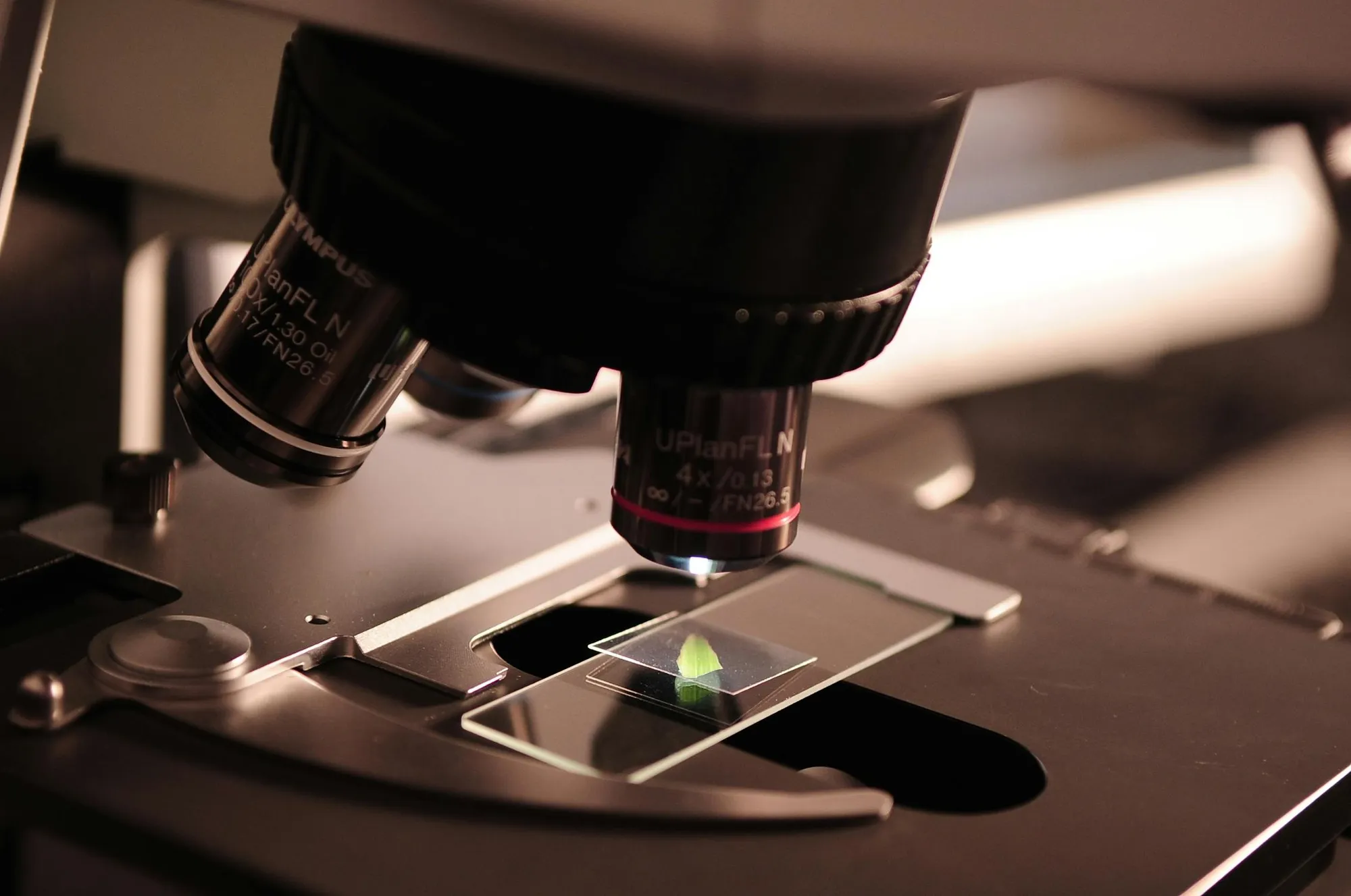SR&ED is Canada's largest tax incentive program for businesses of all sizes and sectors conducting research and development activities.
% Federal Tax Credit for Small CCPCs
% Federal Tax Credit for Other Companies
Maximum % Provincial Tax Credit
% Success Rate with Henderson Consulting
Scientific Research & Experimental Development ("SR&ED"), commonly pronounced as "Shred") is a Canadian federal tax incentive program administered by the Canada Revenue Agency ("CRA").
SR&ED is intended to encourage Canadian businesses to conduct research and development ("R&D") to create new or improve existing products, processes, principles, methodologies or materials.
It is the largest single source of federal government support for industrial R&D. SR&ED may be used by businesses of all sizes and in all sectors of the economy.
There are also a range of provincial programs which work in tandem with SR&ED to complement the federal program.

Any work undertaken to resolve a technological challenge or uncertainty where you couldn't get the solution in the public domain (from a Google search, white paper, etc.). This means that any time you are taking a technical risk in order to advance your technical baseline, even if it is for a marginal improvement, you may qualify for SR&ED tax credits.
To achieve technological advancement to create new materials, devices, products, or processes, or improve existing ones.
To advance scientific knowledge with a specific practical application in view.
To advance scientific knowledge without a specific practical application in view.
Engineering, design, operations research, mathematical analysis, computer programming, data collection, testing, and more.
The search carried out in the experimental development activity must generate information that advances your understanding of the underlying technologies. When a new or improved material, device, product or process is created, it must embody a technological advancement in order to be eligible.
Technological obstacles/uncertainties are the technological problems or unknowns that cannot be overcome by applying the techniques, procedures and data that are generally accessible to competent professionals in the field.
A systematic investigation entails going from identification and articulation of the scientific or technological obstacles/uncertainties, to hypothesis formulation, through testing by experimentation or analysis, to the statement of logical conclusions.
For employees directly involved in SR&ED eligible work
For directly involved SR&ED eligible work
Required to achieve your technological advancement(s)
Added to salaries to account for office overhead costs
Generally speaking, ~75% of SR&ED claims are accepted without further enquiry by the CRA. Our process is designed to maximize your chances of success.
We conduct an informal assessment to determine if your projects may qualify for SR&ED tax credits.
We hold detailed interviews to identify projects that meet the CRA eligibility criteria.
We prepare a comprehensive technical report that clearly demonstrates how your work meets SR&ED criteria.
We complete all required CRA forms, submit your claim, and monitor for acceptance.
Our success-based fee structure means you only pay after your SR&ED claim is accepted by the CRA. If your claim is not successful, you don't pay anything.
Get Started TodayThe SR&ED program's research & development definition is somewhat different than what most individuals think of when they hear R&D. R&D means that you are trying to advance the state of your technology through a systematic approach while overcoming technical challenges.
This means that SR&ED is not just available to research intensive industries; rather it is available to any company which faces technical challenges. If you can't find a solution to your technical problem in the public domain then this is where your SR&ED work may begin.
Any work undertaken to resolve a technological challenge or uncertainty where you couldn't get the solution in the public domain (from a Google search, white paper, etc.). This means that any time you are taking a technical risk in order to advance your technical baseline (to meet business requirements or improve your product or process), even if it is for a marginal improvement, you may qualify for SR&ED tax credits.
Work that qualifies includes experimental development, applied research, basic research, and support work in engineering, design, operations research, mathematical analysis, computer programming, data collection, testing, or psychological research.
The three primary criteria for determining if work is eligible for SR&ED:
A number of different types of expenditures qualify as SR&ED expenditures:
The amount of money you will get from SR&ED is determined by applying a percentage to the Qualifying Expenditures:
The process for submitting a SR&ED claim with assistance from Henderson Consulting includes:
Generally speaking, ~75% of SR&ED claims are accepted without further enquiry by the CRA. Sometimes there may be a call with CRA where they ask questions on your report (such as a call with CRA's First-Time Claimant Advisory Services team). Should these calls occur, our team will join you for these calls to help manage the CRA communication.
Partner with Henderson Consulting & Associates for expert guidance through the SR&ED process. Our team has a 90% success rate and you only pay when your claim is approved.